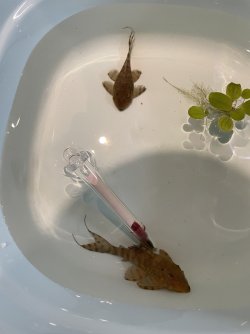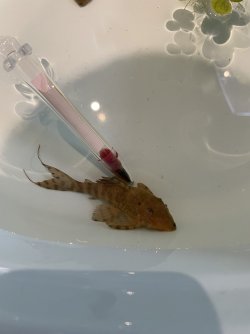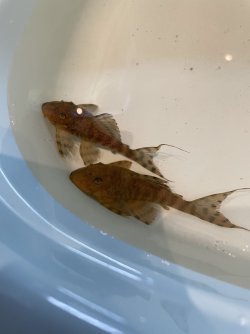Hello,
I have just recently acquired two L206 plecos from an importer that I've been eyeing for a bit. He told me he's been keeping this particular pair for a while and I took the last two that he had. He did mention that they might be a male and a female, but I have no experience with plecos, only sturisoma, so I don't know that much about sexing.
Here are some pictures:



I also want to begin another breeding project, so any advice for breeding this pleco species or any adjacent ones would be appreciated.
Thanks!
I have just recently acquired two L206 plecos from an importer that I've been eyeing for a bit. He told me he's been keeping this particular pair for a while and I took the last two that he had. He did mention that they might be a male and a female, but I have no experience with plecos, only sturisoma, so I don't know that much about sexing.
Here are some pictures:



I also want to begin another breeding project, so any advice for breeding this pleco species or any adjacent ones would be appreciated.
Thanks!
